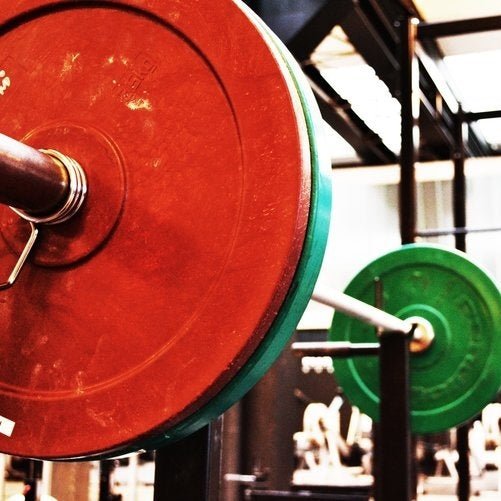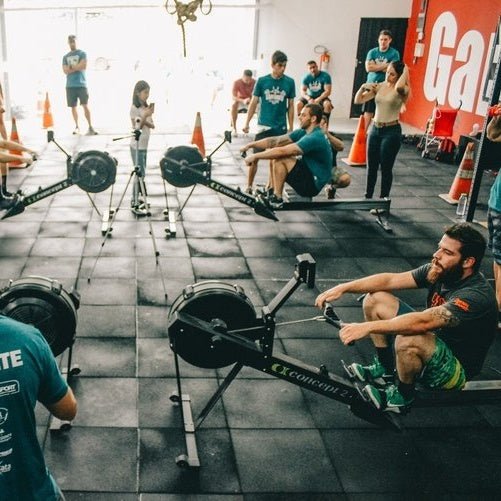The importance and benefits of resistance training.
While there's no single best exercise for everyone, it's hard to argue against the benefits of weightlifting for practically anyone. No matter what your aim is fitness-wise, some degree of resistance training is a good idea and will benefit your body, as well as your performance in other sports. What you hope to achieve will help determine how to incorporate weightlifting into your exercise routine.
Weightlifting Benefits
There's little question that resistance training is important for pretty much everyone. Weightlifting can benefit our bodies and minds in a number of ways, including:
- Muscle growth
- Muscle tone
- Weight loss
- Increased metabolism
- Improved bone strength, reduced risk of osteoporosis
- Joint protection, injury prevention
- Enhanced mood, reduced depression
- Decreased risk of diabetes
- Improved heart health
- Blood sugar stabilization
Weightlifting 101
The best way to get started weightlifting is to work with a trainer or take a class. Even if you prefer to exercise on your own, it's a smart idea to get some guidance, at least initially. This will ensure that you learn proper technique when using gym equipment, as well as the correct positioning of body to maximize your effort and protect against injury. Ideally, your resistance training should include exercises that recruit multiple muscles at once in order to maximize the weightlifting benefits. Examples of compound exercises include squats, lunges, deadlifts, bench press, overhead press, and barbell rows.
Once you've learned the basics, create a resistance-training routine. For many people, lifting on Mondays, Wednesdays, and Fridays is an ideal schedule, in conjunction with cardio fitness. Others prefer weightlifting daily, but alternating muscle groups (for example, lower body on Monday, upper body on Tuesday, and so on). As your weightlifting ability improves and you're ready to add weight or increase your reps, focus on a gradual and consistent progression. Above all else, make sure you maintain proper form in order to gain the greatest benefits from your workout and to avoid injury.
Types of Resistance Training
Beyond weightlifting basics, you'll want to determine the type of resistance training that best suits your athletic goals. Should you lift heavy or light weights? How many reps should you perform? The answer depends on what you hope to accomplish.
If gaining muscle and getting bigger is your goal, for example, most trainers recommend weightlifting to fatigue in the 6-12 rep range (i.e. choose a weight that you can lift with proper technique for 6-12 reps, where the last few reps are very difficult). If you're already at your goal size, but want to increase your power, you'll do sets of 6 reps or less, but with higher weight. On the flip-side, if your aim is increased endurance (think runners or triathletes) you'll lift lighter weights with more reps (12-20 per set).
As you can see, resistance training can be tailored for any fitness program or athletic aim. And there's no doubt that whatever your goal, weightlifting benefits your body in numerous ways. At every fitness level and every age, it's important to include resistance training in your gym routine.





Leave a comment
All comments are moderated before being published.
This site is protected by reCAPTCHA and the Google Privacy Policy and Terms of Service apply.